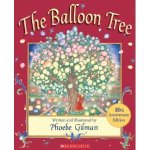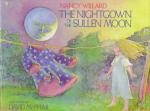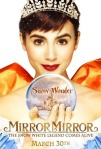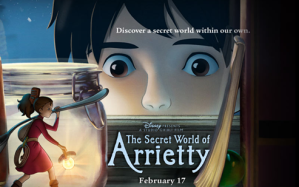By Catherine Fisher
 I found two out very interesting things when I worked at the bookstore.
I found two out very interesting things when I worked at the bookstore.
1) The subject divide between “9-12” and “teen” is huge and strict
2) Dystopian novels are huge
Now, allow me to explain. I worked at a fairly small bookstore, rather then one of those sprawling behemoths. Pros and cons to each, but it certainly highlighted to me the divide that exists between what is considered “9-12” appropriate and teen. In the younger section, everything deals with fantasy and magic, the endings are happy and the covers are, in general, decorated in bright and pastel colours. Mostly blue-themed. Move over one more rack to the teen books and every cover, almost without fail is black, or grey. Not only that, but most deal with dystopian themes.
For those of you in the dark, dystopian novels deal with dark, depressing futures, whether some malevolent force is threatening our heroes. In most cases the government is the enemy, with rigorous totalitarian control. Sometimes there has been an apocalypse. Dystopians were first popularized in works like Orwell’s 1984, and more recently with the blockbuster Hunger Games. Since that became popular, publishers have been rushing to produce more and more dystopian-themed books, with titles like Marie Lu’s Legend and Maggie Stiefvater’s Scorpio Races populating the shelves.
Another book that benefited from the surge of dark-toned teen books was Incarceron, by Catherine Fisher. This book disturbed me. Not in a bad way. In fact, there’s probably more blood and gore in Twilight then there is in Incarceron. What makes this book disturbing entirely centers on how well it’s written.
The book is written from two different points of view. The first we’re introduced to is Finn, an amnesiac who lives inside Incarceron, a prison built to contain all the criminals in the world. The prison is dark and hellish, and people eke out livings knowing they could die at any moment. The original criminals have long since perished, and generations have descended without any way out.
The second main character is Claudia, the Warden’s daughter, who lives at court and dreams of entering Incarceron and seeing the perfect society inside. As the Warden’s daughter, she is part of an important family, and it often a focus of the Queen, whom Claudia distrusts.
Incarceron was built with the intention of taking criminals and, through example and teaching by the wise men, creating the perfect society. Somewhere along the line Incarceron itself became sentient, and the program went awry. As desperate as the people inside, Incarceron seeks a way out of itself.
Neither side views it’s situation as ideal. Claudia longs to escape the medieval world that has been forced over an advanced society, and Finn is desperate to escape a prison that he does not feel he belongs to. Complicating matters, Finn might be the lost prince of Claudia’s world.
What makes this book stand out is the tone. Fisher writes amazingly well, drawing you into this twisted world. As Claudia and Finn come together, the flight to escape Incarceron becomes more and more desperate, with death and discovery never far away. Woven into this are existential questions of self. Is Finn the lost prince Giles? Or perhaps is he a creation of Incarceron, who recycles it’s dead, sometimes incorporating two bodies?
For me, what made this book so emotional is that it was lifelike. The characters were not, perhaps, overly likable. Claudia is hard and cold, but deeply intrigued by Incarceron and Finn-Giles who was once her intended fiance. Finn’s journey to find a way out of Incarceron is also a journey of self, where he is forced to try and make something of himself, instead of being what everyone else sees him to be. And there may not be a resolution.
Certainly, there was no resolution in Incarceron. A sequel, Sapphique, exists, but I have not yet been able to detatch myself from the first enough to read the second of the series. Reviews have stated that it’s not as strong as the first, without the character growth one would hope to see. But Incarceron is a master work. While I didn’t enjoy it, it’s hard to deny the merits of a book that affects your mood for months afterwards.
Suggested age: teen










